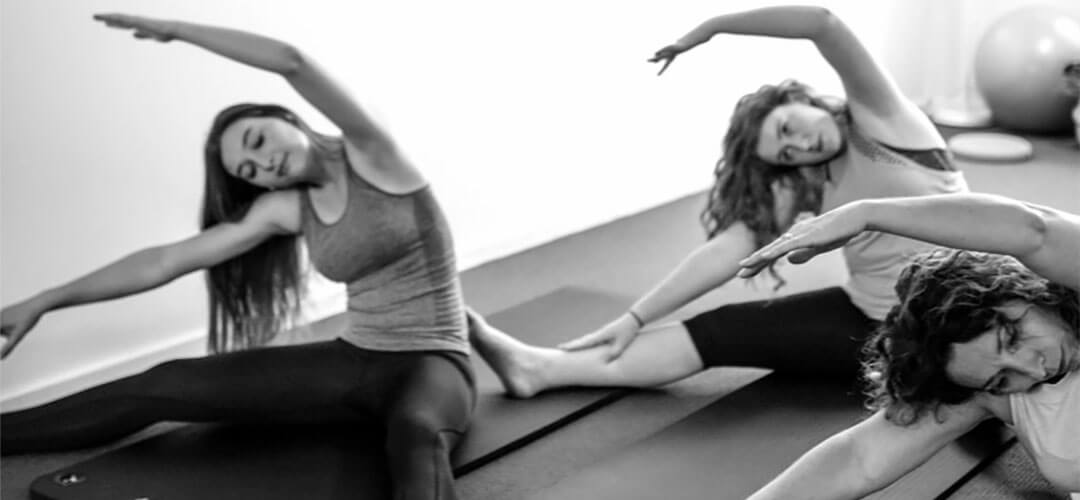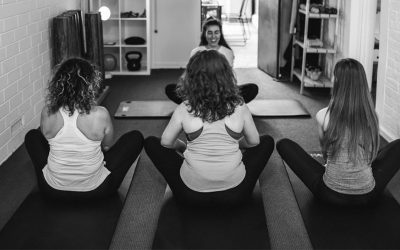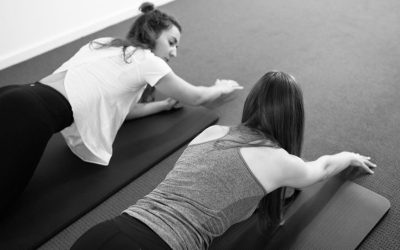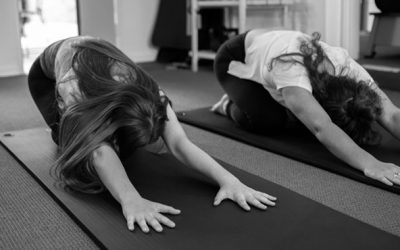What is female sexual dysfunction?
Female sexual dysfunction (FSD) affects approximately 40% of women of all ages, and is defined by the various ways in which an individual is unable to participate in a sexual relationship as she would wish. FSD is a very complex and multi-faceted disorder due to a woman’s perception on sex, comprising of anatomical, psychological, physiological, and social-interpersonal components.
There are multiple classifications of FSD: sexual desire disorder (hypoactive), sexual aversion disorder, sexual arousal disorder, sexual pain disorders, and female orgasmic disorders.
What causes female sexual dysfunction?
Physical factors:
- Vaginal atrophy
- Trauma
- Chronic conditions (eg. Endometriosis, Vulvodynia, pelvic pain)
- High-tone pelvic floor dysfunction
- Increasing age
- Pregnancy
- Cardiovascular disease
- Diabetes
- Cancer survivors
Mental factors:
- Depression and use of anti-depressants
- Anxiety
- Guilt and/or shame
- Past sexual trauma or abuse
- Poor interpersonal relationship with partner
- Body image issues
Exercise can help treat FSD!
Physical:
Higher intensity exercise at 70-85% max heart rate for 20-30mins immediately before (15-30mins) sexual interaction has been shown to increase sexual arousal in FSD. This is attributed to the increase in sympathetic nervous system (SNS) activity. The SNS is our “fight or flight” response, increasing blood flow, dilating pupils, accelerating heart rate and increasing arterial blood pressure. This increase in SNS activity from exercise has the same effects seen during the later stages of female sexual arousal, when there is increased blood flow to the genitals.
The pelvic floor muscles (PFM) are also associated with normal sexual functioning to increase lubrication, arousal, orgasm, and desire. If PFM are overactive, it can inhibit relaxation, and sometimes cause contraction during times where relaxation is required, potentially causing painful intercourse. Alternatively, if PFM are underactive and cannot contract, incontinence and pelvic organ prolapse may result, which are contributing factors to FSD.
Regular exercise of high and low intensities combined with PFM exercises have also been shown to assist in FSD sexual satisfaction indirectly by preserving autonomic flexibility, benefitting cardiovascular health and mood.
Mental:
It has been well studied that exercise has a positive impact on depression, anxiety, and body image, all of which can increase sexual well-being.
Exercise causes a reduction in state anxiety and increases blood flow and oxygen transport to the brain, causing an elevated mood state and decreasing negative thought patterns associated with FSD and in general. Exercise encourages feelings of self-efficacy and a shift of external to more internal locus of control, increasing the belief of having control over the outcome of the issue.
Yoga, meditation and breathing exercises to help to relax the muscles and the mind are also beneficial.
What now?
- Consult your GP or OB/GYN if you are experiencing pain, vaginal bleeding or have any other concerns
- Consult an Accredited Exercise Physiologist at Seed to prescribe safe, effective, and individualised high intensity exercise, PFM exercise, and relaxation exercise
- Exercise regularly to prevent comorbidities that may worsen FSD, assist in treating depression and anxiety, and preserve SNS flexibility
- Seek help from a sex therapist/psychologist to assist in psychological factors




